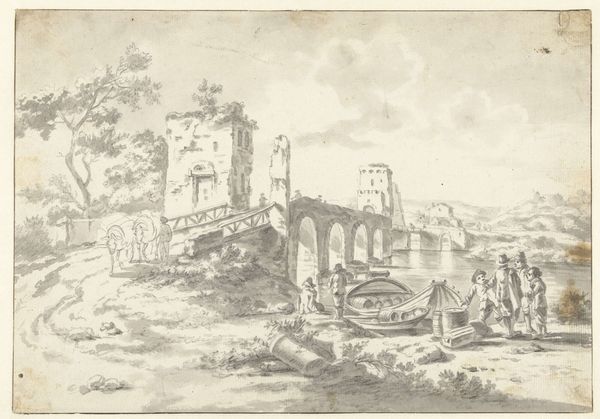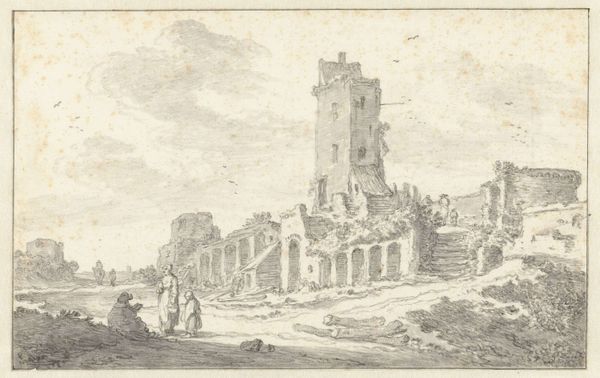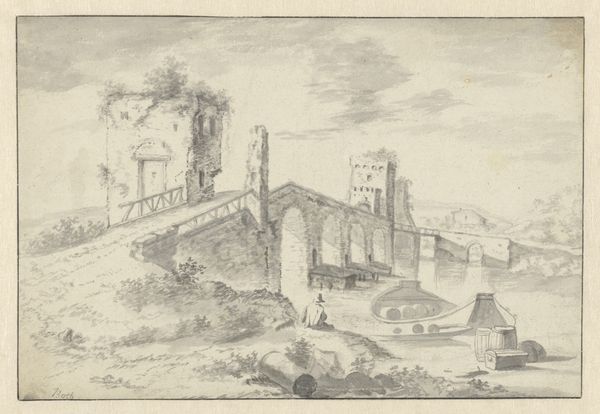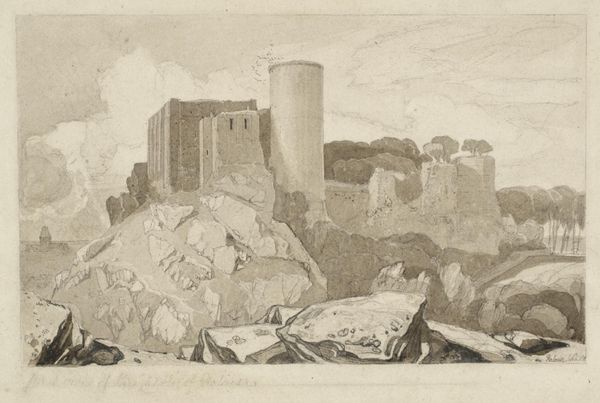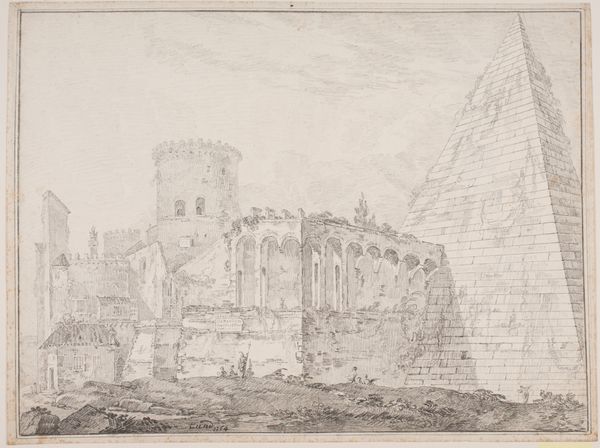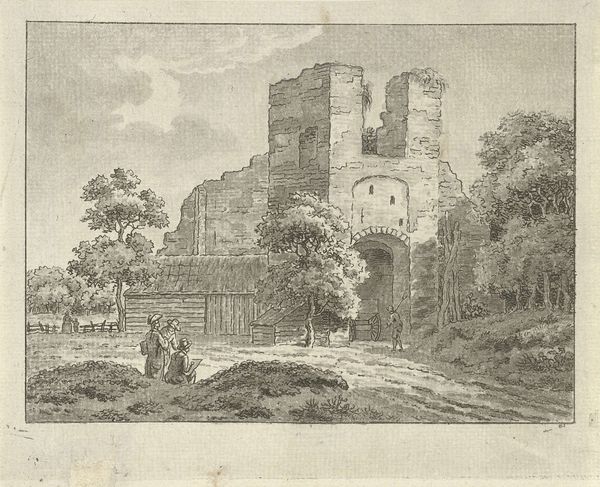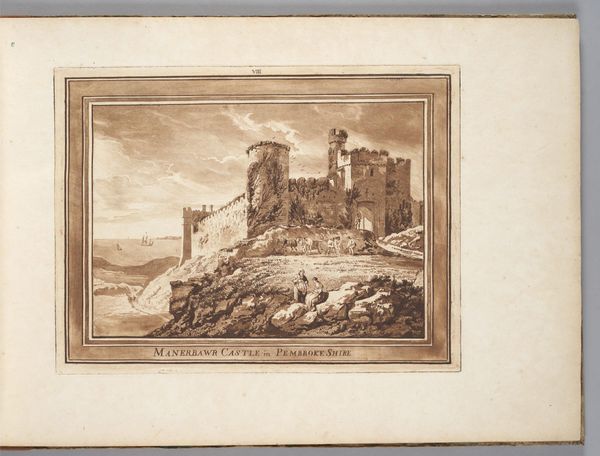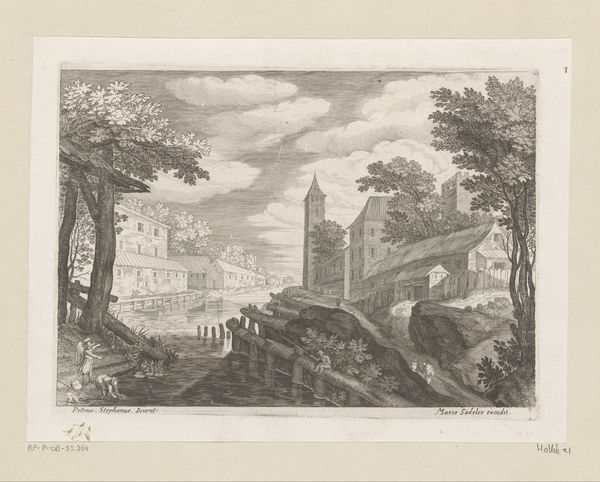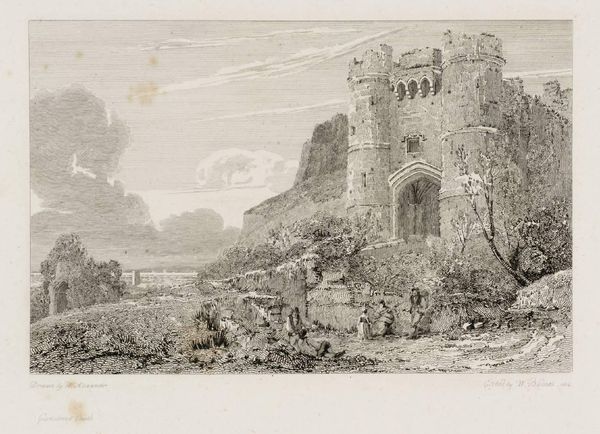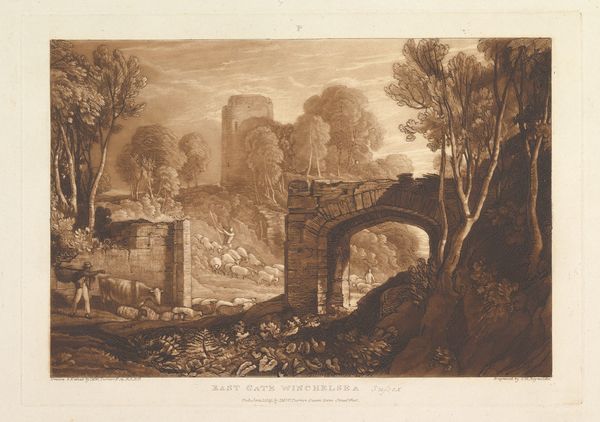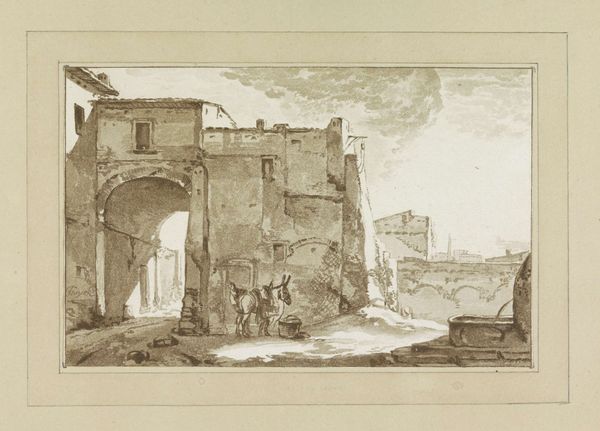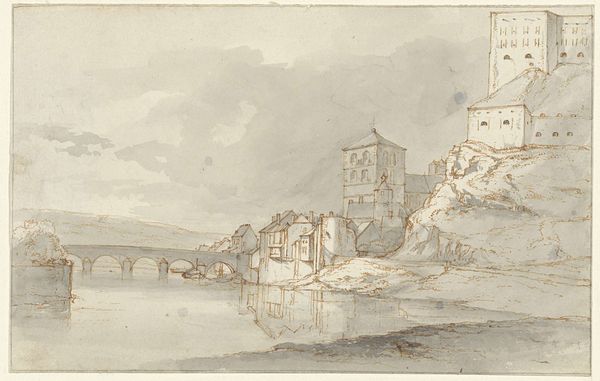
Dimensions: support: 287 x 422 mm
Copyright: CC-BY-NC-ND 4.0 DEED, Photo: Tate
Editor: This is Richard Wilson's "Ponte Nomentana," a drawing. It feels like a memory, softened by time. What symbols or meanings do you see embedded within this landscape? Curator: The bridge itself is a potent symbol. Bridges, throughout art history, represent connection, transition, and the overcoming of obstacles. In Wilson's time, ruins like this one also evoked a sense of the past's grandeur and the present's decline, a meditation on the ephemeral nature of power and civilisation. How does the presence of figures on the bridge and by the water influence that reading for you? Editor: I see now how the small figures emphasize the bridge’s age, and how nature persists even as human structures crumble. Thanks for pointing that out. Curator: My pleasure. By considering those repeated images, we can see how the past lives within the present, constantly shaping our perceptions.
Comments
Join the conversation
Join millions of artists and users on Artera today and experience the ultimate creative platform.
tate 7 months ago
⋮
This is one of twenty ‘views of the environs of Rome’ commissioned from Wilson by William Legge, 2nd Earl of Dartmouth. The commission was negotiated by Wilson's friend Thomas Jenkins, who acted as an agent acquiring artworks for British Grand Tourists. Wilson also made two paintings of Roman subjects for Dartmouth, one of which is in the Tate Collection. The Ponte Nomentana, about two miles north-east of Rome, carried the old Roman Via Nomentana across the River Anio to the town of Mentana. Gallery label, April 2007
